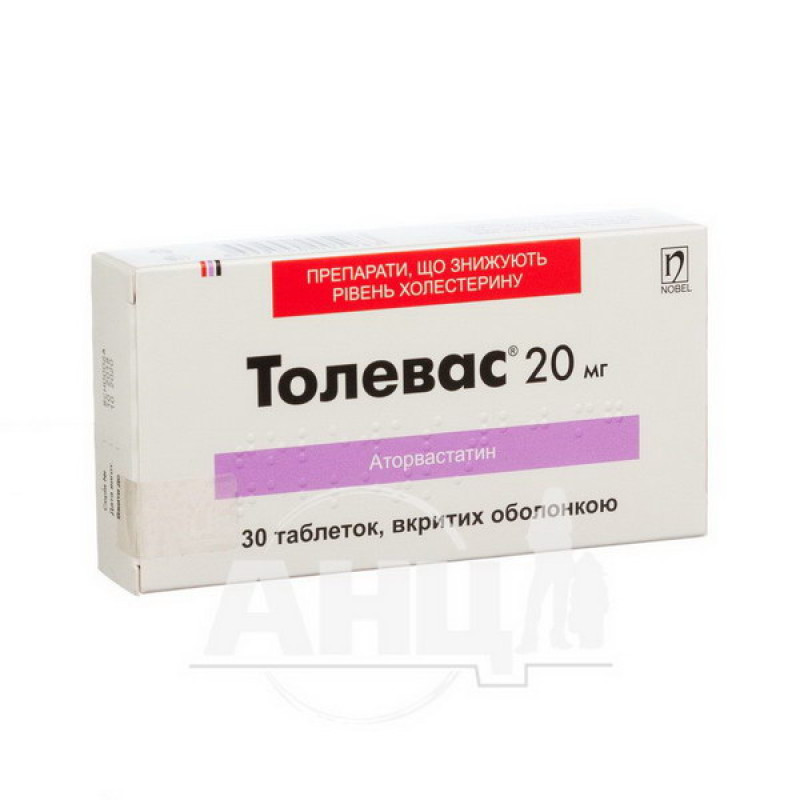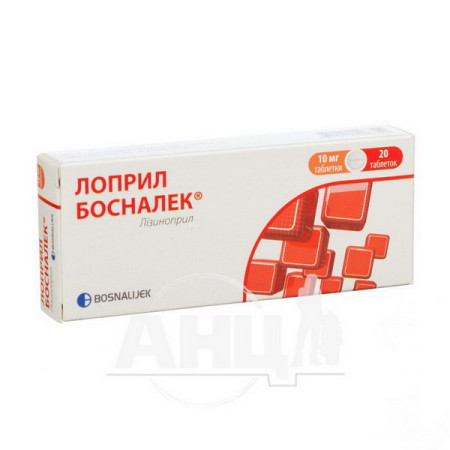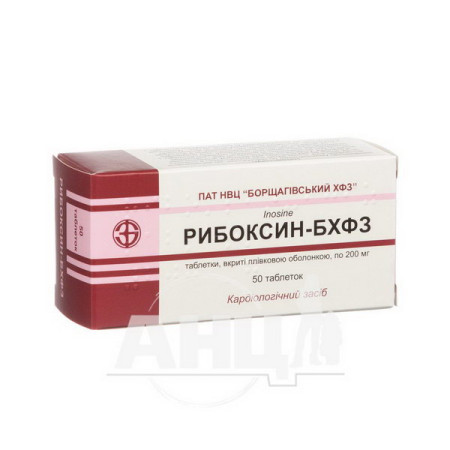Tolevas film-coated tablets 20 mg blister No. 30

Nobel
Composition of the medicinal product:
| atorvastatin | 10 mg |
| atorvastatin | 20 mg |
| atorvastatin | 40 mg |
| atorvastatin | 80 mg |
Nobel
Composition of the medicinal product:
| atorvastatin | 10 mg |
| atorvastatin | 20 mg |
| atorvastatin | 40 mg |
| atorvastatin | 80 mg |
Indication
Tolevas is used as an adjunct to diet for the treatment of patients with elevated total cholesterol, LDL cholesterol, apolipoprotein B, TG, to increase HDL cholesterol levels in patients with primary hypercholesterolemia (heterozygous familial and non-familial hypercholesterolemia), combined (mixed) hyperlipidemia (Fredrickson type IIa and IIb), elevated plasma triglycerides (Fredrickson type IV) and patients with dysbetalipoproteinemia (Fredrickson type III) in cases where diet does not provide the proper effect.
To reduce total cholesterol and LDL-C levels in patients with homozygous familial hypercholesterolemia when diet and other non-drug measures do not provide adequate effect.
Patients without clinical manifestations of cardiovascular disease, with or without dyslipidemia, but who have several risk factors for cardiovascular disease, such as smoking, hypertension, diabetes mellitus, low HDL-C, or a family history of cardiovascular disease at a young age, in order to: reduce the risk of fatal manifestations of ischemic heart disease and non-fatal myocardial infarction; reduce the risk of stroke; reduce the risk of angina and the need for myocardial revascularization procedures.
In patients with clinical symptoms of coronary artery disease, atorvastatin is indicated to reduce the risk of nonfatal myocardial infarction; fatal and nonfatal stroke; reduce the risk of revascularization procedures; reduce the risk of hospitalization for congestive heart failure; reduce the risk of angina.
Children (10-17 years old)
The drug is prescribed as an adjunct to diet to reduce total cholesterol, LDL cholesterol and apolipoprotein B levels in postmenarcheal boys and girls aged 10-17 years with heterozygous familial hypercholesterolemia, even when following an adequate diet, if:
a) LDL-C level remains ≥190 mg/dL or
b) LDL-C level remains ≥160 mg/dL and:
c) the family history indicates the occurrence of cardiovascular diseases at a young age;
d) sick children have two or more other risk factors for cardiovascular disease.
Method of application
Before starting therapy with the drug, it is necessary to determine the level of hypercholesterolemia against the background of an appropriate diet, prescribe physical exercises and measures aimed at reducing body weight in obese patients and treat other concomitant diseases. During treatment with Tolevas, patients should adhere to a standard cholesterol-lowering diet. The drug is prescribed at a dose of 10-80 mg 1 time per day daily, at any time of the day, regardless of food intake. The starting and maintenance doses are selected individually, in accordance with the initial value of the LDL-C level, the goals of treatment and the patient's sensitivity to the drug. After 2-4 weeks after the start of treatment and / or after titrating the dose of Tolevas, it is necessary to check the level of lipoproteins and, depending on the results of the analysis, adjust the dosage of the drug accordingly.
Primary hypercholesterolemia and combined (mixed) hyperlipidemia. In most patients, a dose of 10 mg/day is effective. The therapeutic effect is achieved within 2 weeks, the maximum therapeutic effect - within 4 weeks. The effect is maintained during long-term treatment.
Homozygous familial hypercholesterolemia. In most patients with homozygous familial hypercholesterolemia, the result is achieved by using 80 mg of Tolevas once daily, which provides a reduction in LDL-C levels by more than 15% (18-45%).
Heterozygous familial hypercholesterolemia in pediatric practice (patients aged 10-17 years). Tolevas is recommended to be prescribed at an initial dose of 10 mg 1 time per day. The maximum recommended dose is 20 mg 1 time per day (doses exceeding 20 mg have not been studied in patients of this age group). The dose is determined individually, depending on the goal of treatment. The dose of the drug should be adjusted every 4 weeks or more.
Use for the treatment of patients with liver failure
(See Side Effects and Precautions)
Use in patients with renal impairment. Renal disease does not affect plasma concentrations of atorvastatin or LDL-C lowering. Therefore, no dose adjustment is necessary.
Use in the treatment of elderly patients. There are no differences in safety, efficacy, or goal attainment in the treatment of hypercholesterolemia in elderly patients and patients of other age groups.
Use in combination with other drugs
If there is a need for simultaneous use of atorvastatin and cyclosporine, the dose of atorvastatin should not exceed 10 mg (see Special warnings and precautions for use - effects on skeletal muscle and Interactions).
Contraindication:
The drug is contraindicated in patients with hypersensitivity to any component of the drug, liver disease in the acute phase or with a persistent increase (of unknown origin) in plasma transaminase levels by 3 or more times, as well as during pregnancy and breastfeeding, or in women of reproductive age who do not use effective methods of contraception. The drug can be prescribed to women of reproductive age only when the possibility of becoming pregnant is unlikely and the woman has been informed of the potential adverse effects on the fetus.
SIDE EFFECTS:
Atorvastatin is generally well tolerated. Side effects are usually mild and temporary.
The most common side effects:
from the psyche: insomnia;
from the nervous system: headache, peripheral neuropathy, paresthesia, hypoesthesia, amnesia, dizziness, dysgeusia;
Gastrointestinal: nausea, diarrhea, abdominal pain, dyspepsia, constipation, flatulence, pancreatitis, vomiting;
Musculoskeletal and connective tissue disorders: myalgia, myopathy, myositis, cramps, rhabdomyolysis, arthralgia, back pain;
metabolic disorders: hypoglycemia, hyperglycemia, anorexia, weight gain;
from the hepatobiliary system: hepatitis, cholestatic jaundice;
Skin: alopecia, itching, skin rash, Stevens-Johnson syndrome, toxic epidermal necrolysis, exudative erythema multiforme, bullous rashes, urticaria;
from the reproductive system: impotence;
from the circulatory and lymphatic system: thrombocytopenia;
from the immune system: allergic reactions (including anaphylactic shock);
from the auditory system: tinnitus;
general disorders: asthenia, chest pain, peripheral edema, malaise, fatigue, tendon rupture.
Not all of the above effects were causally related to atorvastatin therapy.
The drug is contraindicated in patients with hypersensitivity to any component of the drug, liver disease in the acute phase or with a persistent increase (of unknown origin) in plasma transaminase levels by 3 or more times, as well as during pregnancy and breastfeeding, or in women of reproductive age who do not use effective methods of contraception. The drug can be prescribed to women of reproductive age only when the possibility of becoming pregnant is unlikely and the woman has been informed of the potential adverse effects on the fetus.
SIDE EFFECTS:
Atorvastatin is generally well tolerated. Side effects are usually mild and temporary.
The most common side effects:
from the psyche: insomnia;
from the nervous system: headache, peripheral neuropathy, paresthesia, hypoesthesia, amnesia, dizziness, dysgeusia;
Gastrointestinal: nausea, diarrhea, abdominal pain, dyspepsia, constipation, flatulence, pancreatitis, vomiting;
Musculoskeletal and connective tissue disorders: myalgia, myopathy, myositis, cramps, rhabdomyolysis, arthralgia, back pain;
metabolic disorders: hypoglycemia, hyperglycemia, anorexia, weight gain;
from the hepatobiliary system: hepatitis, cholestatic jaundice;
Skin: alopecia, itching, skin rash, Stevens-Johnson syndrome, toxic epidermal necrolysis, exudative erythema multiforme, bullous rashes, urticaria;
from the reproductive system: impotence;
from the circulatory and lymphatic system: thrombocytopenia;
from the immune system: allergic reactions (including anaphylactic shock);
from the auditory system: tinnitus;
general disorders: asthenia, chest pain, peripheral edema, malaise, fatigue, tendon rupture.
Not all of the above effects were causally related to atorvastatin therapy.
Interaction with other drugs
The risk of myopathy during treatment with HMG-CoA reductase inhibitors is increased by concomitant use of cyclosporine, fibrates, nicotinic acid, or cytochrome P450 3A4 inhibitors (e.g. erythromycin, azole antifungals).
Cytochrome P450 3A4 inhibitors
Atorvastatin is metabolized by cytochrome P450 3A4. Concomitant use of atorvastatin with inhibitors of cytochrome P450 3A4 may lead to increased plasma concentrations of atorvastatin. The magnitude of the interaction and potentiation of the effect depend on the variability of the effect on cytochrome P450 3A4.
transfer inhibitors
Atorvastatin and atorvastatin metabolites are substrates of the OATP1B1 transporter. OATP1B1 inhibitors (e.g. cyclosporine) may increase the bioavailability of atorvastatin. Co-administration of 10 mg atorvastatin and cyclosporine (5.2 mg/kg/day) resulted in a 7.7-fold increase in atorvastatin exposure.
Erythromycin/clarithromycin
With simultaneous use of atorvastatin and erythromycin (500 mg 4 times a day) or clarithromycin (500 mg 2 times a day), which are inhibitors of cytochrome P450 3A4, the concentration of atorvastatin in the blood plasma increases.
protease inhibitors
Due to the simultaneous use of atorvastatin and protease inhibitors, well-known inhibitors of cytochrome P450 3A4, the concentration of atorvastatin in the blood plasma increases.
Diltiazem hydrochloride
Simultaneous administration of atorvastatin (40 mg) and diltiazem (240 mg) is accompanied by an increase in the concentration of atorvastatin in the blood plasma.
cimetidine
As a result of the conducted studies, no signs of interaction between atorvastatin and cimetidine were detected.
itraconazole
Concomitant use of atorvastatin (20 and 40 mg) and itraconazole (200 mg) was accompanied by an increase in the AUC of atorvastatin.
Grapefruit juice
Contains one or more components that inhibit CYP 3A4 and may increase plasma concentrations of atorvastatin, especially when consumed in excess of 1.2 L/day.
Cytochrome P450 3A4 inducers
Concomitant administration of atorvastatin and cytochrome P450 3A4 inducers (e.g. efavirenz, rifampin) may result in decreased plasma concentrations of atorvastatin. Given the dual mechanism of action of rifampin (cytochrome P450 3A4 induction and hepatic OATP1B1 transporter enzyme inhibition), it is recommended that atorvastatin be co-administered with rifampin, as co-administration of atorvastatin with rifampin results in significantly decreased plasma concentrations of atorvastatin.
antacids
Concomitant oral administration of atorvastatin and an oral suspension of an antacid containing magnesium and aluminum hydroxides is accompanied by a decrease in plasma concentrations of atorvastatin by approximately 35%. The lipid-lowering effect of atorvastatin is not altered.
Antipyrine
Due to the fact that atorvastatin does not affect the pharmacokinetics of antipyrine, the possibility of interaction with other drugs that are metabolized by the same cytochrome isoenzymes is unlikely.
colestipol
Plasma concentrations of atorvastatin were lower (approximately 25%) when atorvastatin and colestipol were coadministered. The lipid-lowering effect of the combination of atorvastatin and colestipol was greater than that of either drug alone.
digoxin
Multiple simultaneous administration of digoxin and 10 mg of atorvastatin was not accompanied by an increase in the equilibrium concentration of digoxin in the blood plasma. However, the use of digoxin and 80 mg of atorvastatin led to an increase in digoxin concentration by approximately 20%. Patients taking digoxin should be under appropriate supervision.
azithromycin
Co-administration of atorvastatin (10 mg once daily) and azithromycin (500 mg once daily) was not accompanied by changes in atorvastatin plasma concentrations.
oral contraceptives
Concomitant use of atorvastatin and oral contraceptives containing norethindrone and ethinyl estradiol resulted in an increase in AUC for these components by 30% and 20%, respectively. This increase should be considered when selecting an oral contraceptive for women taking atorvastatin.
warfarin
No clinically significant interaction of atorvastatin with warfarin has been identified.
amlodipine
In healthy subjects, concomitant administration of 80 mg atorvastatin and 10 mg amlodipine was accompanied by an increase in plasma atorvastatin concentrations of approximately 18%, which was not clinically significant.
Other medicines
Clinical studies have shown that the simultaneous use of atorvastatin and antihypertensive drugs and its use during estrogen therapy was not accompanied by clinically significant side effects. Interaction studies with other drugs have not been conducted.
Conditions and shelf life
There is no specific treatment for atorvastatin overdose. In case of overdose, symptomatic and supportive therapy is indicated. Since atorvastatin is extensively bound to plasma proteins, hemodialysis cannot significantly increase its clearance.
STORAGE CONDITIONS:
at a temperature not exceeding 25 °C.
There are no reviews for this product.
There are no reviews for this product, be the first to leave your review.
No questions about this product, be the first and ask your question.


